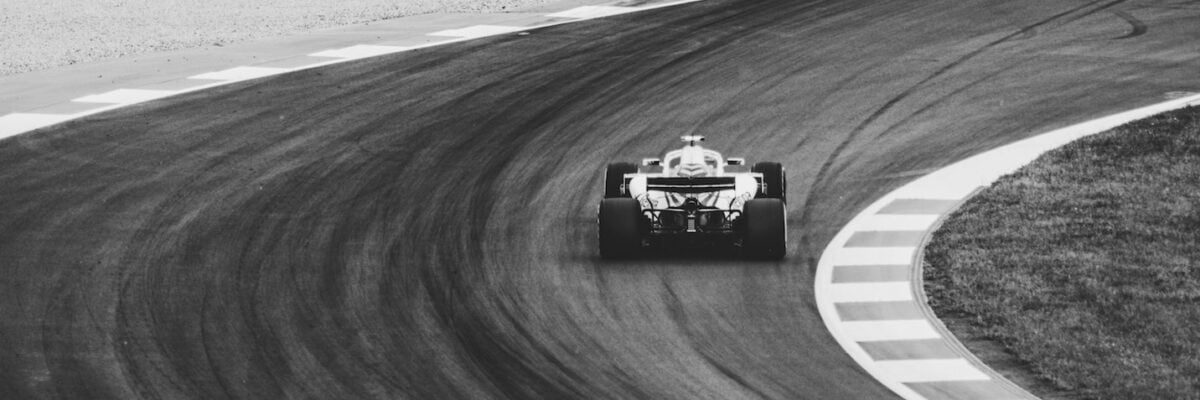On this day, Ayrton Senna would have been 61 years old. If you have heard me say anything about Formula 1 (F1) racing, then you probably have an idea about the admiration I have for my favorite driver of all time. There is far too much I could say about him (I will spare you the email that would be more the length of a long-form essay burgeoning on a book). But in my conversation with my good friend Paul Conti, we discuss Senna, the man and the racer, how he changed the sport, and why he is widely acknowledged as the best driver of all time. His skill and precision as a driver are notable for many reasons, and I discuss more about the intricacies of Senna’s driving in my conversation with Luke Bennett. Senna is omnipresent in the F1 world, even long after his death at Imola nearly 27 years ago. In my conversation with Senna’s former teammate Damon Hill, we discuss Damon’s unique, first-hand account of Senna’s death and the circumstances leading up to the crash that day at Imola in May of 1994.
One of the things that grips me most about Senna is the way he pursued his physical and mental limits. It’s impossible to pick his greatest moment inside of an F1 cockpit. I’ve got a top 10 list I can save for another day, but on that list would be his fastest qualifying lap for the 1988 Monaco Grand Prix (Senna won that race a record 6 times, making him the “Master of Monaco”). Each driver had 2 qualifying sessions to post their fastest lap time, which determined the car grid position for the race. Senna’s qualifying performance had put him in provisional pole position, meaning he had the fastest lap of any qualifying session and didn’t really need to make another attempt, when he went out for what seemed like an unnecessary lap. What followed—and what was, at least to my knowledge, unfortunately not captured directly on film—is perhaps the finest qualifying lap in F1. I don’t suspect we will ever again see a staggering 1.427 second margin between the 1st (pole) and 2nd qualifying position on the Circuit de Monaco. That was the time separating Senna and his greatest rival, Alain Prost, who was also an otherworldly driver in the same McLaren MP4/4 car. (This would be akin to Usain Bolt winning the 100 meter sprint by 2 or 3 seconds in the Olympic finals against the 7 best other sprinters in the world.) Senna would later say of this lap, “On that day, I said to myself, ‘That was the maximum for me, no room for anything more.’ I never really reached that feeling again.” Amazingly, at the time of that lap, Senna had not yet even won his first world championship, something he would go on to win that year.
“Each driver has its limit. My limit is a little bit further than others.” — Ayrton Senna
That lap, along with what happened the following day, are both a representation of what Senna’s push to the limit, his drive to perfection, looked like. The day after this lap, in the race on Sunday, Senna continued to stun everyone with a dazzling pace. He was so far ahead of everyone, including Prost (a margin of nearly a minute, if you can imagine), that it seemed a foregone conclusion he would win the race. Then, astonishingly, on lap 67 [of 78] he crashed without even a slight provocation or hint of mechanical malfunction. Numerous theories abound about the cause of this crash, but I simply believe he was pushing too hard and had a momentary lapse in concentration, which of course is ironic, because by that point in the race he could have been coasting to victory (perhaps Senna wanted to find his absolute limit in every race, on every lap, or maybe he wanted to catch Prost and lap him). Here is a great discussion about it between two people who knew him so well (former McLaren team coordinator Jo Ramirez and veteran F1 journalist Gerald Donaldson). In some ways this is why those of us who worship Senna do so. He was, in his words, “driven to perfection.” Tragically, I do believe this drive ultimately cost him his life, just 6 years later.




